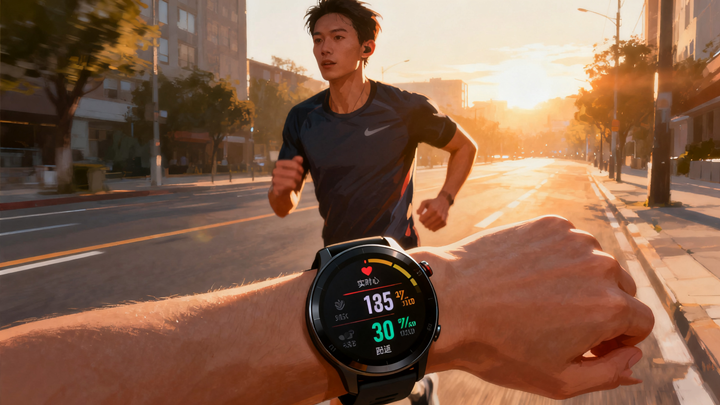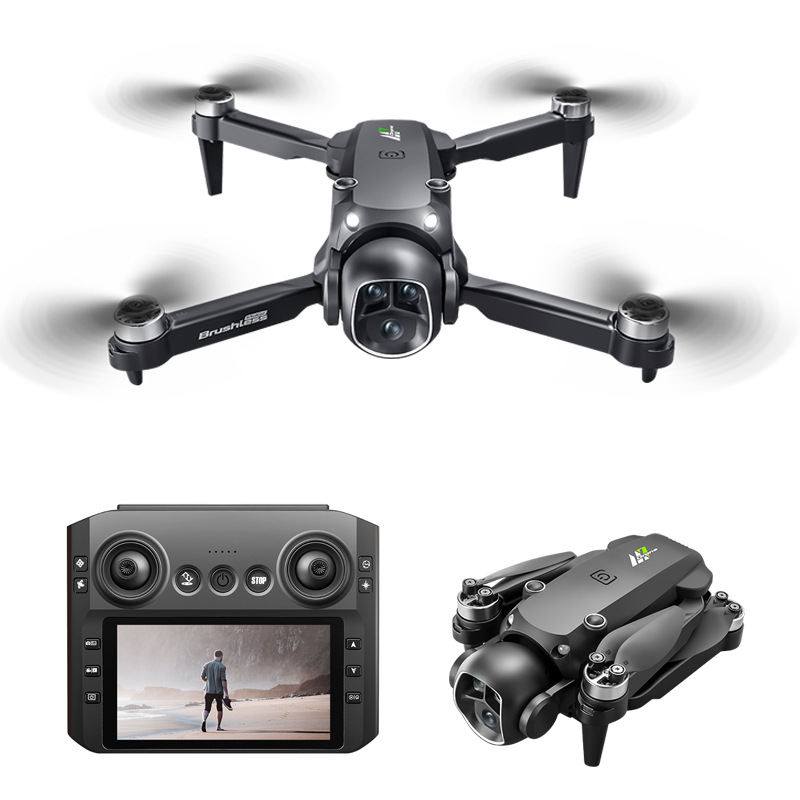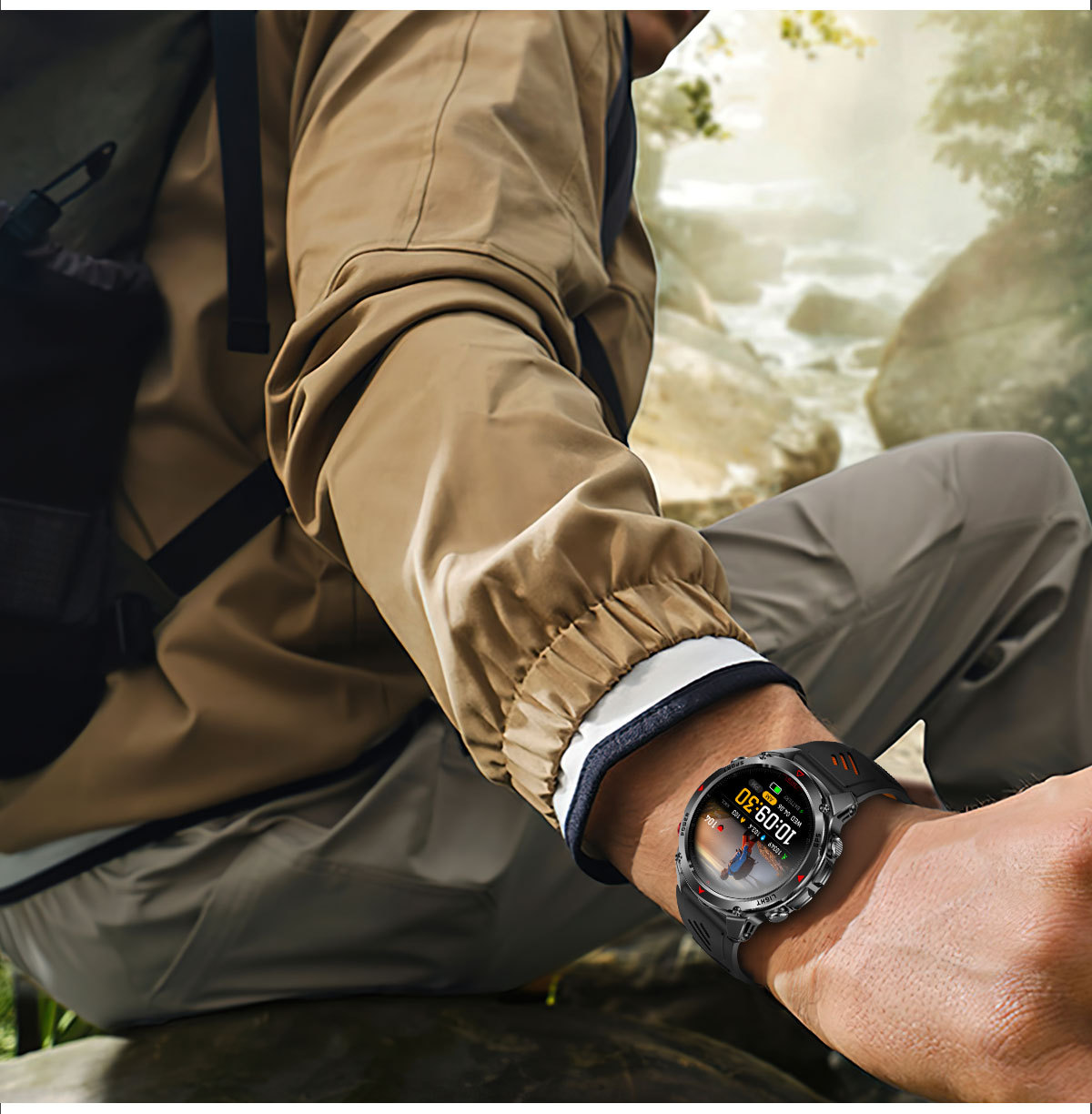Why Smartwatches Are Indispensable Companions During Sports

1. Real-Time Data Tracking: Train Smarter, Not Harder
One of the biggest advantages of a smartwatch during sports is its ability to capture and display critical data as you move. Unlike traditional fitness trackers that only sync data after a workout, smartwatches provide instant insights that let you adjust your effort on the spot. For example, a runner can glance at their wrist to check heart rate zones—ensuring they stay in the “aerobic zone” for endurance training or push into the “anaerobic zone” for speed work. Cyclists can monitor cadence (pedal strokes per minute) and elevation gain to optimize their rhythm on hills. Swimmers benefit from lap counting, stroke efficiency analysis, and even underwater heart rate tracking (thanks to water-resistant designs).
This real-time data prevents overexertion (a common cause of injury) and ensures every workout aligns with your goals—whether that’s building stamina, burning calories, or improving performance. Without it, you’re left guessing if you’re pushing too hard or not hard enough, wasting time and risking setbacks.
2. Safety First: A Lifeline in Emergencies
Sports often take us to remote areas—trail running in the woods, cycling on quiet country roads, or hiking in mountainous terrain. In these situations, a smartwatch can be a literal lifesaver. Many models come with built-in safety features like GPS location sharing, which lets you send your real-time coordinates to friends or family. Some even have fall detection: if the watch senses a hard impact followed by inactivity, it automatically alerts emergency contacts or local authorities with your location.
For outdoor athletes, features like barometric altimeters (to track altitude changes) and weather updates also add a layer of safety, helping you avoid sudden storms or altitude sickness. In short, a smartwatch turns you from a solo athlete into someone with a “virtual safety net.”
3. Goal Setting and Progress Tracking: Stay Motivated Long-Term
Consistency is key to fitness success, and smartwatches excel at keeping you motivated. They let you set specific, measurable goals—like running 5km without stopping, cycling 100km in a week, or burning 300 calories per workout. After each session, the watch compiles a detailed report: distance covered, average pace, calories burned, and even recovery time needed. Over weeks or months, you can view trends—for example, noticing that your 5km time has improved by 2 minutes, or that your resting heart rate (a marker of cardiovascular health) has dropped.
This tangible progress is incredibly motivating. It turns vague goals like “get in shape” into concrete wins, making it easier to stick to your routine. Many smartwatches also include social features—letting you share workouts with friends or join challenges—which adds a fun, competitive element to stay on track.
4. Seamless Integration: Beyond Sports, Into Daily Life
While their sports-focused features are the star, smartwatches also shine in how they fit into your daily routine—saving you time and hassle during workouts. Instead of fumbling with your phone to check a text or take a call, you can answer directly from your wrist. Most models sync with music apps, so you can listen to your workout playlist without carrying a phone. Some even have contactless payment, letting you grab a post-workout coffee without digging for your wallet.
This integration means your smartwatch isn’t just for sports—it’s a daily companion that simplifies your life, making it more likely you’ll use it consistently (and thus get more value from its fitness features).
Conclusion
In a world where fitness is increasingly personalized and data-driven, a smartwatch is no longer a luxury—it’s a necessity for anyone who wants to train effectively, stay safe, and maintain motivation. Its ability to provide real-time insights, keep you protected, track progress, and fit seamlessly into daily life makes it the ultimate sports partner. Whether you’re just starting your fitness journey or are a seasoned athlete, a smartwatch doesn’t just help you move—it helps you move better.






